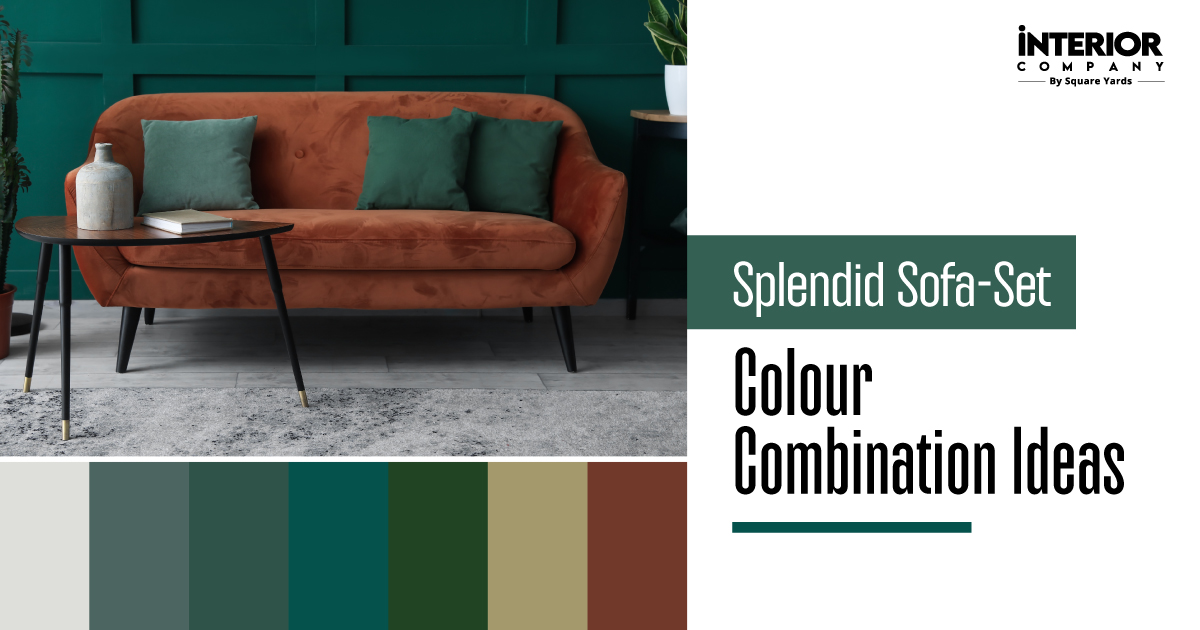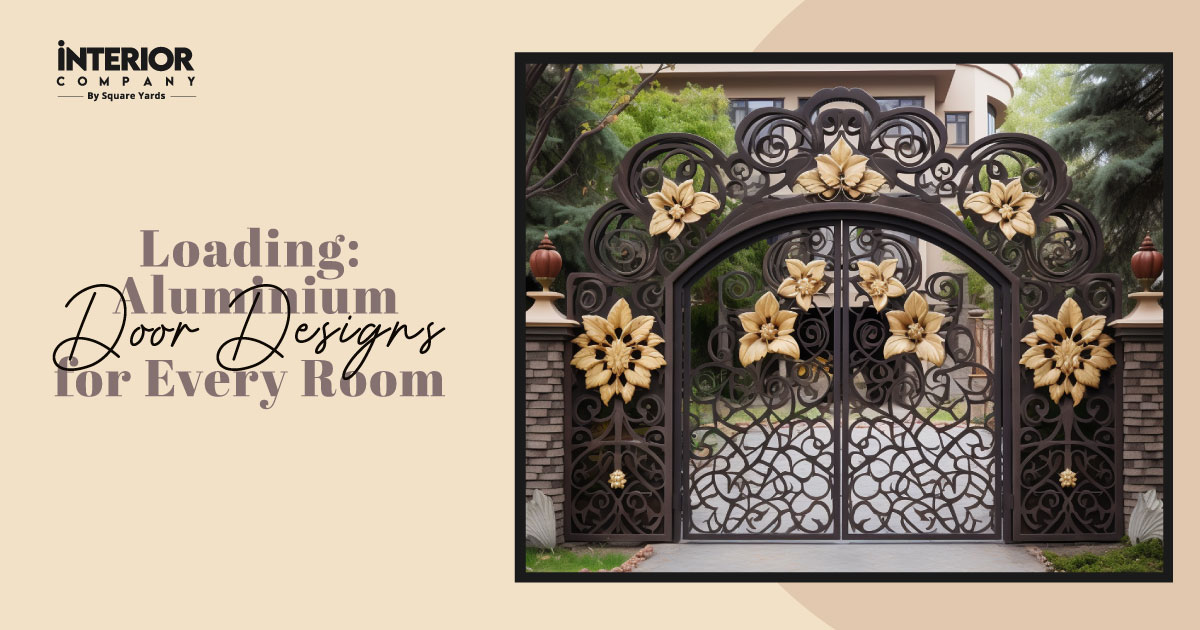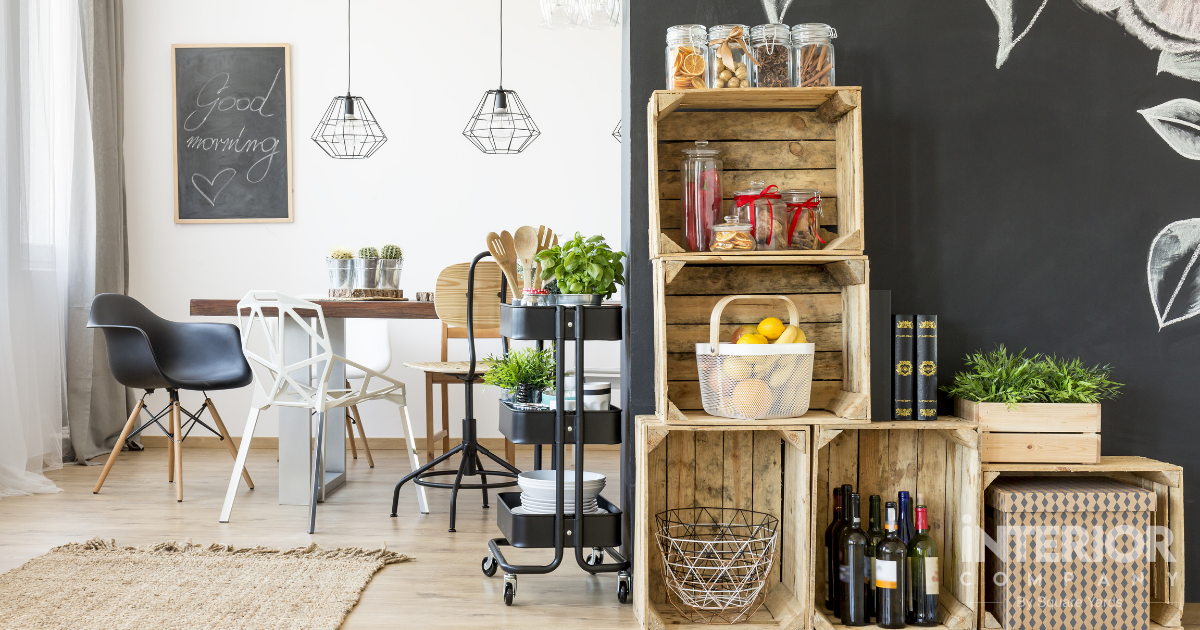- Home
- Trends
- Construction
- Materials
- Waterproofing In Construction Meaning Types Benefits
Waterproofing in Building Construction- Meaning, Types and Benefits
Waterproofing is the process of forming an impermeable barrier over surfaces of foundation, roofs, walls and other structural members. It prevents water penetrations, improves the durability and life of the building after construction. Water proofing is a protective measure that makes a structure water-resistant or prevents unwanted penetration of liquids up to specified depths. This method safeguards the building from dampness and unanticipated damages.
Table of Content
Waterproofing is necessary for the basement, walls, bathrooms, kitchen, balconies, decks, water tanks, swimming pools, etc. as these areas are susceptible to leakage. Waterproofing systems help in reducing the moisture content of the building and solidify the interiors. Keep reading this blog below to learn about the benefits, application, methods and types of waterproofing used in home construction.
Benefits of Waterproofing in Construction
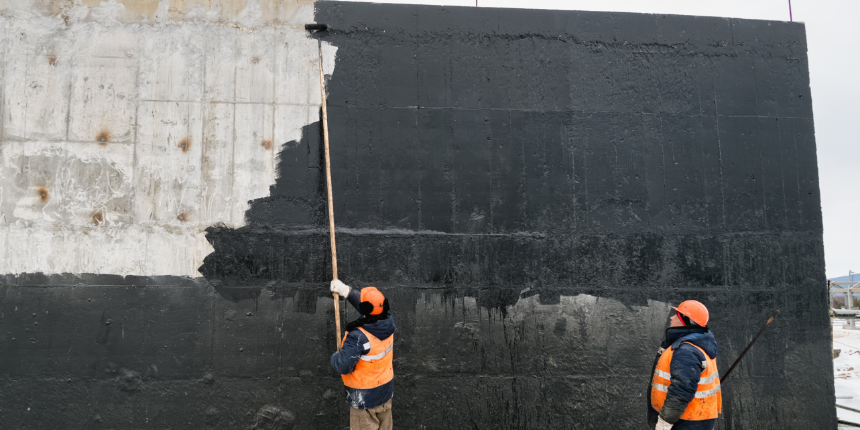
A building is always subjected to deterioration if not maintained properly. Waterproofing in construction is an effective measure that prevents water from penetrating a building. If the structure is not protected from water, issues arise that could lead to serious risks to the integrity of the building.
- Cracks in the foundation or joints exposing to seepage, spalling and deterioration
- Groundwater absorption in basement spaces and flooring results in dampness.
- Mould growth may lead to warping, buckling, and rotting of timber.
- It creates unhealthy living conditions for occupants.
Therefore, types of water proofing in construction are essential, and many contractors specialise in providing maintenance and restoration to the structural damages caused in the building. The main objective of waterproofing is to reduce the internal humidity, making it more comfortable to live in and protecting objects inside the building.
Also Read: Different Types of Brick Masonry for Construction
Application of Waterproofing in Building
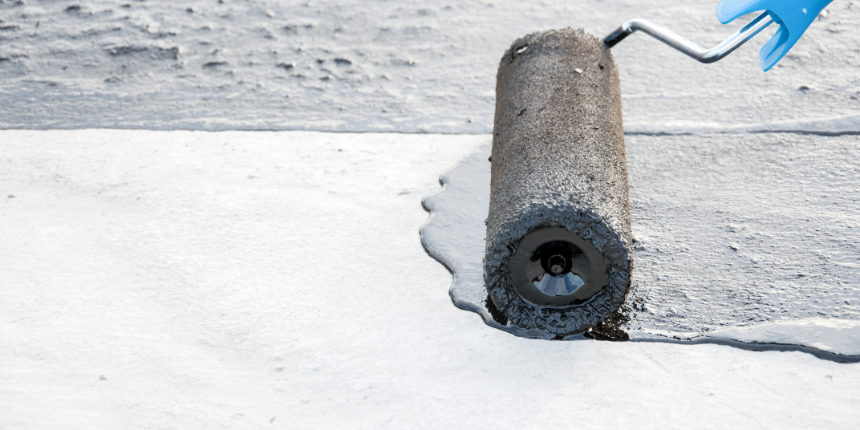
Waterproofing is carried out in layers above the structure to prevent seepage and accumulation of water into any underground concrete members. Further, the building waterproofing system is constructed by creating a large number of barriers that obstruct the water inflow into the structure. The application of waterproofing in buildings includes advanced membrane methods to fill the structural cracks and protect the surface. Below are a few of the areas of application of waterproofing systems in construction.
- Types of basement waterproofing in building.
- Waterproofing on Walls, Bathrooms and kitchen.
- Waterproofing on Balconies, and decks.
- Application of Waterproofing on terraces or roofs.
- Waterproofing methods in water tanks and swimming pools.
Types of Waterproofing Methods
There are different types of waterproofing in construction based on the coating, location, and user's choice:
Cementitious Waterproofing
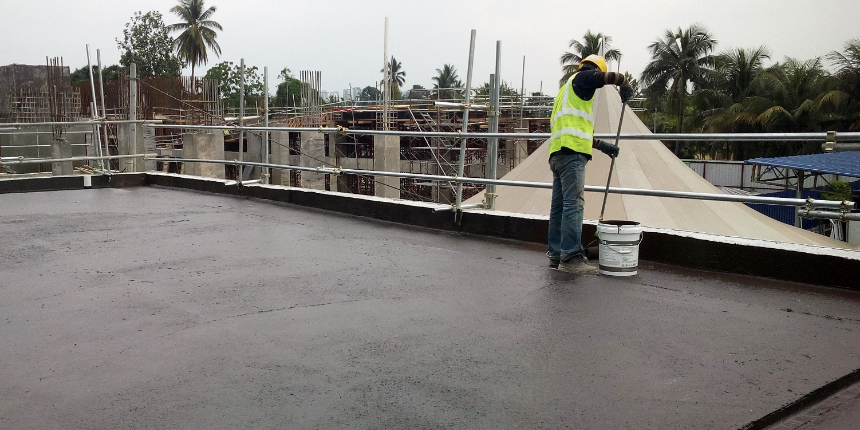
Cement based waterproofing system is the simplest method of waterproofing in construction. The materials are readily available from suppliers of masonry products and are easy to blend and apply. Since this type of waterproofing method is utilised in inner wet zones such as bathrooms and toilets, it does not go through the contract and expansion process.
Applications of Cementitious Waterproofing
- Water Treatment Plants
- Sewage Treatment Plants
- Bridges
- Dams
- Railway and Subway Systems
- Marine Cargo Ports and Docks
- River Locks/Channels and Concrete Dykes
- Parking Structures and Lots
- Tunnels
Liquid Waterproofing Membrane
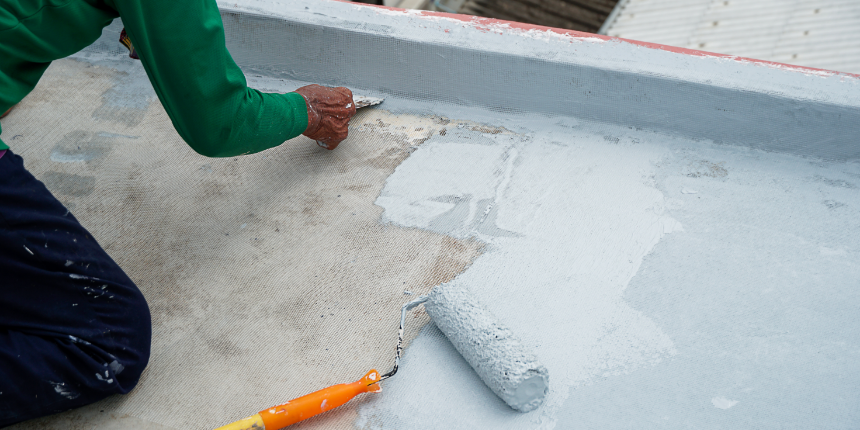
The liquid membrane waterproofing method is a thin coating comprising a groundwork coat and two layers of top coats applied by spray, roller or trowel. This type of waterproofing in building construction offers more adaptability than cementitious waterproofing. Further, the liquid cures to form a flexible rubber-like elastomeric membrane with supreme elongation properties. The durability of the waterproofing coating depends on what type of polymer the manufacturer uses in the making of liquid waterproofing.
Moreover, this coating or membrane is composed of secondary materials such as glass-reinforced plastic or polymer-modified asphalt to provide additional tensile strength and an appreciable life span.
Benefits of Liquid Waterproofing Membrane
- Cost-effectiveness
- High performance
- Encapsulation
- Safety and smooth application.
Also Check: Different Types of Plumbing Pipes are Using in Construction
Bituminous Membrane
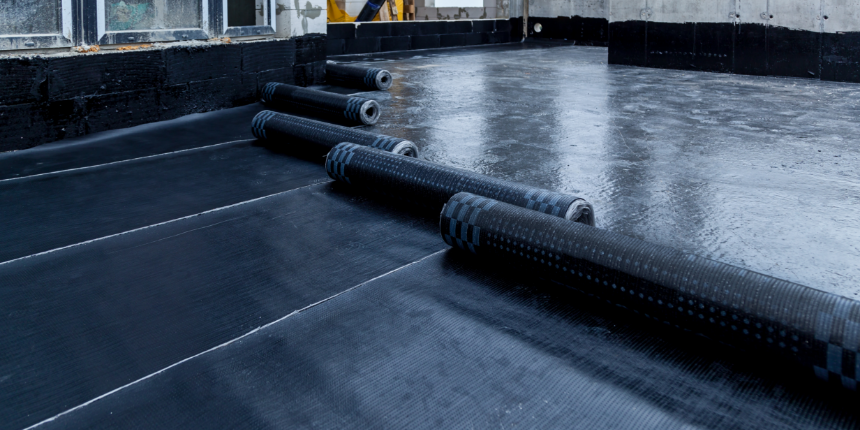
The bituminous membrane is the desired method for low-sloped roofs due to its proven performance and comprises a torch on the membrane and a self-adhesive waterproofing membrane. In addition, the self-adhesive waterproofing membrane includes adhesive compounds such as polymers, asphalt and filler along with oils and resins, which improves adhesion characteristics. It has a low shelf life as the bonding properties of the membrane decrease with time.
Moreover, the torch on the membrane has exposed and covered types, that possess enough strength to withstand weathering actions.
Features of Bituminous Membrane Waterproofing
- High puncture and fatigue resistance
- High tensile and tear strengths and good heat resistance.
- Excellent resistance to positive water and vapour pressure that increases dimensional stability.
- The membrane can accommodate structural movements because of supreme flexibility.
- Best solution for low-sloped roof waterproofing.
Bituminous Coating
Another type of waterproofing is bituminous coating based on the degree of formulation and polymerisation grade. The most common applications of these protective coatings include areas beneath screed wet such as concrete foundations, etc. This bituminous coating is made of bitumen-based materials and is incompatible with surfaces exposed to direct sunlight, as the waterproof coating loses its strength and becomes fragile under direct sunlight.
Properties of bituminous coating
- Good adhesive properties and High corrosion resistance
- This type of waterproofing is strong, waterproof, durable and economical.
- Waterproofing in buildings resists harsh chemicals and UV lights.
Polyurethane Liquid Membrane
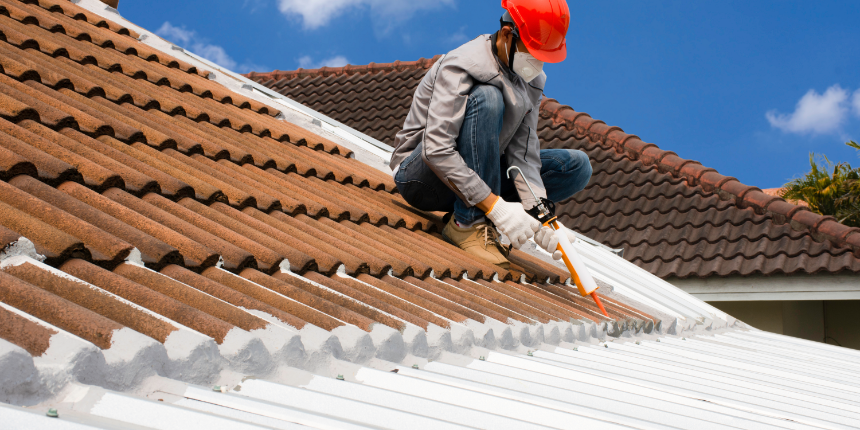
The polyurethane liquid membrane method for waterproofing is preferred for flat roof regions exposed to weathering. This type of waterproofing is smooth in application and requires comparatively fewer skills and supervision.
In addition, the waterproofing in the building provides flexibility, durability and an aesthetic finish. However, it is sensitive to moisture content due to which careful evaluations must be taken, otherwise peeling or de-bonding of the membrane may occur much before the design period.
Applications of Polyurethane Waterproofing
- Roofs
- Balconies & Terraces
- Wet Areas
- Water Tanks / Ponds
- Pedestrian Decks
- Parking Decks / Bridges
Bottom Line
There are many unique types of waterproofing materials in the market that increases the durability, life, and functionality of the building. Some are more effective than others, therefore, it is essential to choose the correct waterproof chemical method for the specific area of application in the building.
For instance, a bituminous coating is incompatible with surfaces exposed to direct sunlight, whereas polyurethane treatment becomes more suitable here. Similarly, all other types of waterproofing methods, such as cementitious, liquid, and epoxy, have distinctive properties and application areas. Contact the experts at Interior Company for all your construction-related queries.
Ready for a home transformation?
Let our designers assist you!
Recent Posts
The most common types of waterproofing in construction are as follows:
- Cementitious waterproofing
- Liquid waterproofing membrane
- Bituminous membrane
- Bituminous coating
- Polyurethane liquid membrane
The purpose of waterproofing is to prevent water penetrations into concrete surfaces that could lead to serious risks to the integrity of the building.
Waterproofing is essential for the basement, walls, bathrooms, kitchen, balconies, decks, terraces or roofs, green roofs, water tanks, swimming pools, etc.
Related Category
- Exterior Design
- False Ceilings
- Furniture
- Tips and Advice
- Walls and Texture






















